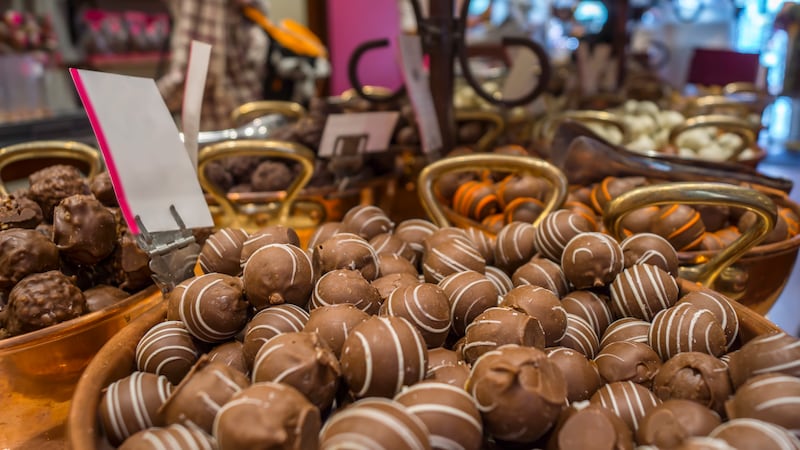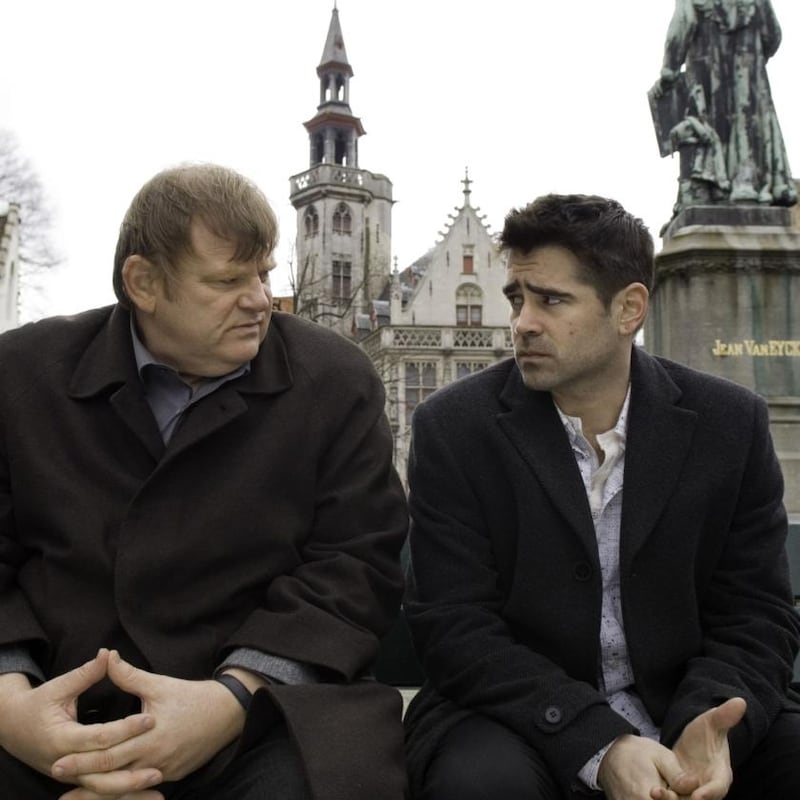The Belgian city of Bruges might not be first on the list for Irish people taking short breaks in Europe, but it offers a contrastive experience to the much-visited southern cities of Florence, Rome, Barcelona and Madrid. The 2008 black-comedy crime thriller In Bruges – starring Colin Farrell, Brendan Gleeson and Ralph Fiennes – put this striking medieval city on the world map for Irish travellers.
Known as the Venice of the North for its canals which were originally built as inner and outer defences, Bruges – or Brugge as it is called in this Flemish speaking part of Belgium – is the cradle of capitalism: this is where the world’s first stock exchange was founded. From the 13th to the 16th centuries, Bruges had a strong textile industry attracting international merchants into its North Sea harbour from England, France, Germany, Italy and Spain.
[ I spent 10 weeks in a hut in the Spanish wilderness: this is my experienceOpens in new window ]
Then ruled by Spain as part of the Southern Low Countries known as the Spanish Netherlands, its fortunes changed following the sudden death in 1482 of its much loved ruler, Mary of Burgundy. The citizens’ dislike of her widower, Archduke Maximilian of Austria, resulted in the departure of the Burgundy Court from Bruges, closely followed by international traders. The silting up of its harbour also resulted in trade shifting to Ostend, Brussels and Antwerp.
Thereafter followed a series of sieges and battles between the French, the British, the Dutch and the Austrians before Belgium gained its independence in 1830. However, the centuries of neglect imposed on Bruges meant it held on to a fairly intact historic core. This subsequently became its saving grace when, in 2000, Unesco classified the entire medieval inner city as a world heritage site, drawing cultural visitors from all over the world.
READ MORE
On the 90-minute coach journey (or an Intercity train of similar duration) from Brussels International Airport (Zaventem) to Bruges, prepare yourself to step back in time to soak up the visual detail of this small city with its rich mercantile history.
Many guidebooks suggest a day is long enough to explore Bruges, but that is only if you want the tick-box tourist exercise of seeing the atmospheric Markt (market square) with its towering belfry and the nearby Burg (Royal square), and taking a guided canal boat tour (adult €12/child €7) to admire the finely restored Dutch step-gabled mansions along its quays.
But, if you indulge Bruges with a little more of your time, you can walk the entire 7km green belt (passing four windmills and the four remaining city gates en route) which circles the old city. Alternatively, amble along the main canal from the city centre to the north, rewarding yourself with a beer in the local bar Molenhuis on Potterierei before retracing your steps back through the square with a statue to the 15th century artist, Jan Van Eyck.
Although only minutes from the main thoroughfare, a walk along these quieter residential streets is more likely to lead to brief encounters with locals walking their dogs than sightings of other tourists. And while there are very few cars in the old city, visitors need to be constantly on the alert to cyclists who share the cobbled streets with pedestrians, often interweaving through groups at unexpected moments.

While Bruges is known for its lace, it is the chocolate shops that will lure you in with their extravagant window displays. What makes Belgian chocolate so special is that the ingredients are limited to cocoa paste, cocoa butter and sugar. Dark chocolate uses the most cocoa paste; milk chocolate mixes in milk powder; and white chocolate uses cocoa butter but no cocoa paste at all. Neuhaus, Corné, Galler and Leonidas are some of the most notable brands but the local chocolatiers will not disappoint.
No trip to Belgium is complete without sampling some of the 1,000 varieties of local beer. The gold and dark beers (with 6 to 12 per cent alcohol content) made by the Trappist (Cistercian) monks are some of the oldest recipes, but Lambic sparkling beer, cloudy white beers and red beers are also worth tasting. You can sample small glasses of different beers served on a platter, similar to how you would cheese. A tour of the Huisbrouwerij brewery is another worthwhile option, where you can have a pleasant meal after your tour.
Fans of the Italian Renaissance sculptor and painter Michelangelo should make time to visit the Bruges Madonna in the side chapel of the 13th century Church of Our Lady (Onze-Lieve Vrouwekerk), one of only three statues by Michelangelo outside of Italy (the other two are in the Louvre in Paris).

Fans of the film In Bruges should seek out the Hotel Restaurant Duc de Bourgogne used in many scenes in the beautiful, enclosed square, HuidenvettersPlein. Take the 365 steps to the top of the belfry in the Markt if you want the best views over the town. There is a small arts and crafts market in the nearby former fish market (Vismarkt), a food market in the Markt on Wednesday mornings, and a larger market in Zand on Saturdays.
On my group trip with Travel Department, a half-day walking tour of the city’s highlights with a local guide and a very pleasant canal trip on an electrified boat was included in the package.
The upside of these organised trips is that you can enjoy the company of other guests back in the hotel (the four-star Dukes Academie Hotel on Wijngaardstraat, a 12-minute walk from Bruges train station is a good option) if you so wish, as well as having the benefit of transfers from the airport to, and from, your hotel.
These group tours also leave you with plenty of time to explore the city at your own pace, but be forewarned – the horse and carriage trips around the old city are not worth the €60 charged for two people.

The 20-minute train journey to Ghent (€15 return – make sure to hop on an intercity train rather than a local one which takes double the time) offers glimpses of the mixed land use (small forests next to fields of grazing cows or crops) before you arrive in the larger and more textured, but equally beautiful, city.
Tram Number One from the station to Sint-Niklaasstraat (St Nicholas Street) will leave you right in the city centre to explore the area around the castle, churches and canals. Take an hour-long guided canal boat ride (€9.50 per person) if you are short of time, but note the signs along the canal side decrying the noise pollution from boat tourism. Our guide did halt his commentary along one stretch of the river Leie in respect of these neighbourhood requests for silence.
Like Bruges, Ghent also had a strong cloth industry and is sometimes dubbed the Manhattan of the Middle Ages. In the 12th century, it had a bigger population than Paris or Amsterdam. And like Bruges, it too has many beautiful medieval Dutch gabled buildings along its canals and river quays.
For those who choose to stay five to seven days, there are many other cities easily accessible by train from Bruges. You can get to the centre of Brussels in one hour. With its undulating terrain and wide bustling boulevards, this city of one million inhabitants (half of whom are not Belgian) has all the energy and monumental buildings of a capital city – Grand Place, Palais de Justice, Place Royal, Musees Royaux Des Beaux-arts to mention just a few.
For those craving the seaside, the local resort of Ostend is 15 minutes from Bruges by train. Once there, you can take a walk along the promenade or take a dip in the cold waters of the North Sea.
And finally, those interested in exploring historic first World War battle sites in Flanders Fields in Ypres can join a guided tour of the sites or travel independently by train. There are also options of cycling tours of the region for the more energetic.
Sylvia Thompson was a guest of Travel Department on a three-day city break to Bruges. traveldepartment.com

















